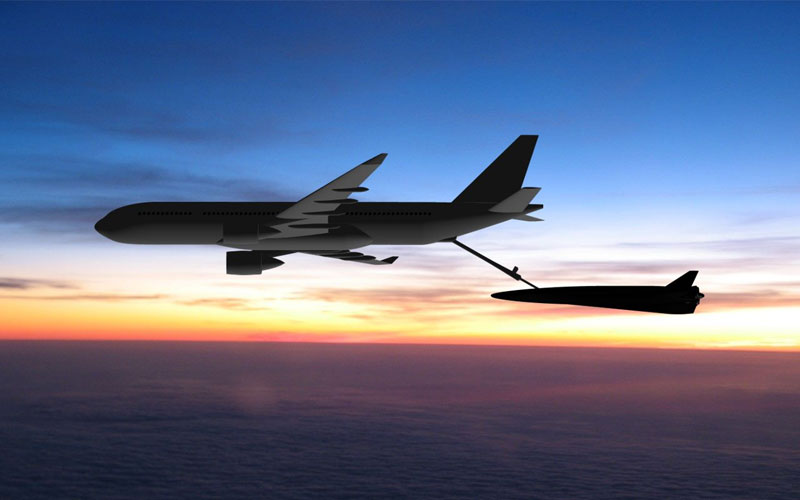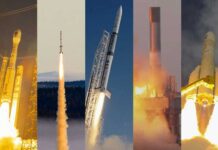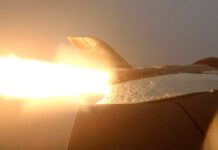
Bremen-based startup POLARIS Spaceplanes announced late last week that it is preparing to begin testing systems to enable the aerial refueling of its AURORA multipurpose spaceplane and hypersonic transport system.
AURORA will be powered by four turbofan engines during take-off, landing, and pre-ignition flight phases. When launching payloads to orbit and during hypersonic testing, the spaceplane’s two rocket engines will be ignited.
With the addition of aerial refueling, POLARIS aims to extend the operational range and increase the payload capacity of its AURORA spaceplane.
POLARIS aims to commence testing its aerial refueling systems this year, using a sub-scale spaceplane demonstrator and “another aircraft representing a tanker.” Initially, the tests will aim to perform aerial refueling with kerosene. In the future, the company will also explore the potential for refueling liquid oxygen. These tests are receiving support from Germany’s Federal Office of Bundeswehr Equipment, Information Technology, and In-Service Support.
While POLARIS prepares to test its aerial refueling systems, it is also working towards the first rocket-powered flight of its 4.25-metre MIRA demonstrator.
MIRA is the first of the company’s spaceplane demonstrators to be fitted with its AS-1 LOX/kerosene linear aerospike engine. Late last month, the company performed the first rocket-powered roll test with the engine being throttled up to 60% of its maximum thrust for three seconds at Lemwerder Airfield near Bremen in Germany. The first rocket-powered flight is expected to occur in the coming weeks.




